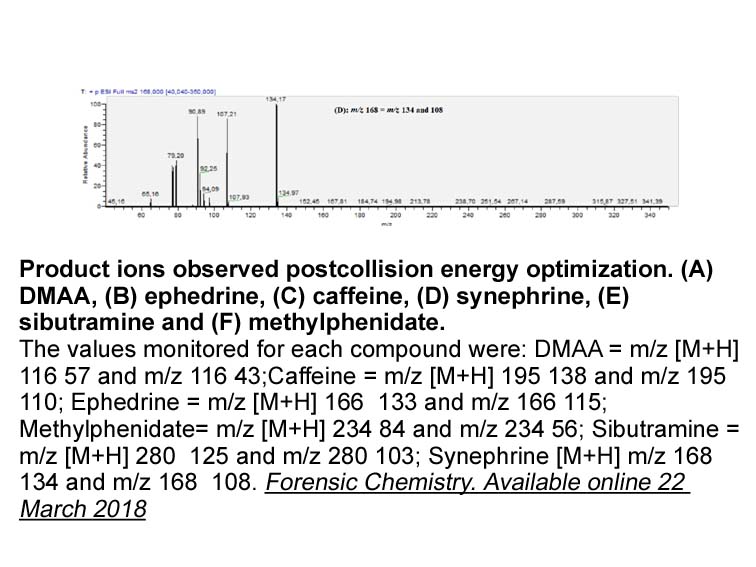Archives
The second evidence comes from
The second evidence comes from the results obtained by patch-clamp recordings carried out at the endplate region of isolated mouse FDB fibers, where adenosine and the P1R agonist NECA significantly affected the NPo, the open frequency and the time constant τ of the adult nAChR channels. It is generally assumed that the kinetics of the MEPCs reflects the channel activity of the postsynaptic nAChRs (Katz and Miledi, 1973, Lu et al., 1993, Van der Kloot et al., 1994, Ahmed and Ali, 2016). In our control conditions, the rise and decay time of MEPCs were similar to those already reported elsewhere (Robertson and Wann, 1984, Tanzi and D'Angelo, 1995, Petrov et al., 2009) and both values were significantly increased in the presence of adenosine.
There was an apparent discrepancy between MEPC decay time and τ values of nAChR guanylyl cyclase reported in our study (0.67 vs. about 1.6 ms respectively). One of the reasons could be the amount of neurotransmitter released by the nerve terminal responsible for the MEPC, estimated to be from around 300–500 μM (Steinbach and Stevens, 1976) up to 1 mM (see in Scimemi and Beato, 2009). Unfortunately, this range of concentrations induces multiple channel openings, making it difficult to analyze the kinetic of the nAChR activity at the single-channel level (Franke et al., 1991). In addition, the single-channel analysis was performed at a pipette voltage of +60 mV, corresponding to a membrane potential of ∼−120 mV, while the MEPC analysis was carried out at a membrane potential of −60 mV. Because the lifetime of nAChR openings increases when the membrane is more hyperpolarized (Auerbach et al., 1996), it seems likely that the observed difference between MEPC decay time and τ values of nAChR channels could be also due to the different experimental conditions. Moreover, we cannot exclude that some of the kinetic properties of the MEPCs could be affected not only by postsynaptic but also by presynaptic factors, such as the amount of ACh released per quantum, a heterogenous fraction of synaptic vesicles and a variable efficiency of vesicle fusion (Kovyazina et al., 2003). Nevertheless, both experimental approaches are in line with the idea of a functional adenosinergic modulation of nAChRs at the adult motor endplate.
At the NMJ, the most important supplier of endogenous adenosine is the nerve ending. Adenosine derives from the degradation of ATP, co-released with ACh (Ribeiro et al., 1996). In addition, both adenosine and ATP are also released by muscle itself (Li et al., 1985, Lynge et al., 2001). Although it is well known that adenosine in the synaptic cleft reaches high levels such as 100 μM (Smith, 1991), the role of the nucleoside at the motor endplate has so far remained unclear. The presence of the high- or low-affinity P1Rs at the endplate region is still controversial. Garcia et al. (2013) excluded the presence of the A1 subtype at the motor endplate region, while it is expressed extrajunctionally (Lynge et al., 2003).
Recently, it has been reported that a co-localization of A2B and A3Rs and nAChRs exists at the mouse endplate (Garcia et al., 2014), which opens the intriguing possibility of a functional interaction with the nAChRs. In line with the latter hypothesis, we investigated if the adenosine-mediated modulation of the kinetics and NPo of the nAChR channel activity involved A2BRs and/or A3Rs. The effects observed using the specific A2BR and A3R antagonists, confirmed the role of low-affinity P1Rs in the modulation of the nAChRs at the mouse NMJ, where the A2BRs appeared to be the predominant between the two low-affinity subtypes in controlling the nAChR activity. In accord with this, our data on NMJ showed that adenosine modulated the Tau of MEPCs only at higher doses.
Interestingly, thes e results indicate that adenosine modulation of the nAChR channel activity mediated by the A2BRs, as previously observed in developing mouse muscle cells (Bernareggi et al., 2015), is conserved in fully differentiated skeletal muscle cells, despite the change in nAChR subunit composition and endplate localization of the nAChRs after innervation (Steinbach, 1989, Kummer et al., 2006).
e results indicate that adenosine modulation of the nAChR channel activity mediated by the A2BRs, as previously observed in developing mouse muscle cells (Bernareggi et al., 2015), is conserved in fully differentiated skeletal muscle cells, despite the change in nAChR subunit composition and endplate localization of the nAChRs after innervation (Steinbach, 1989, Kummer et al., 2006).